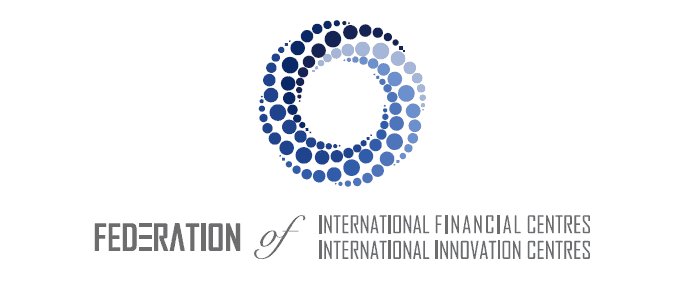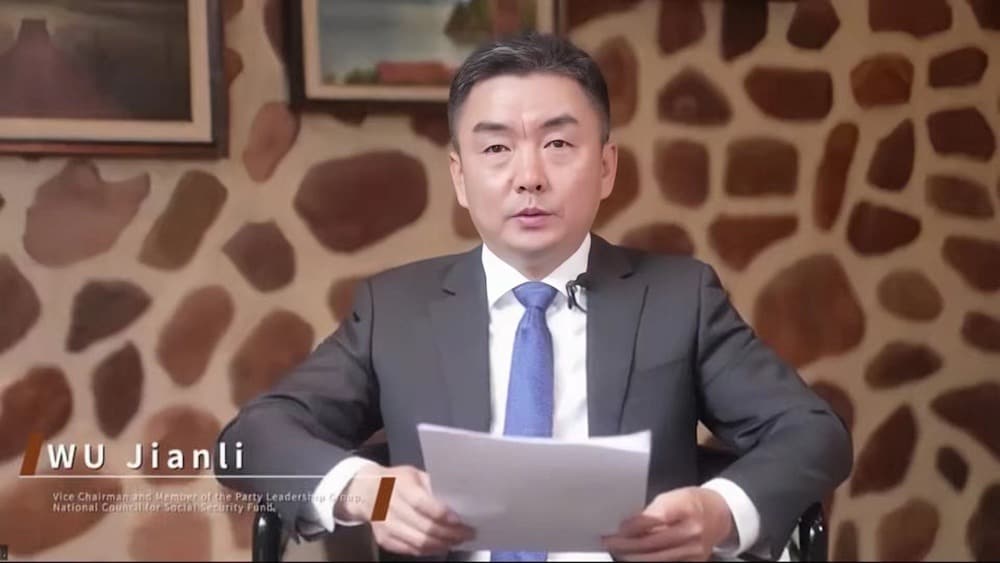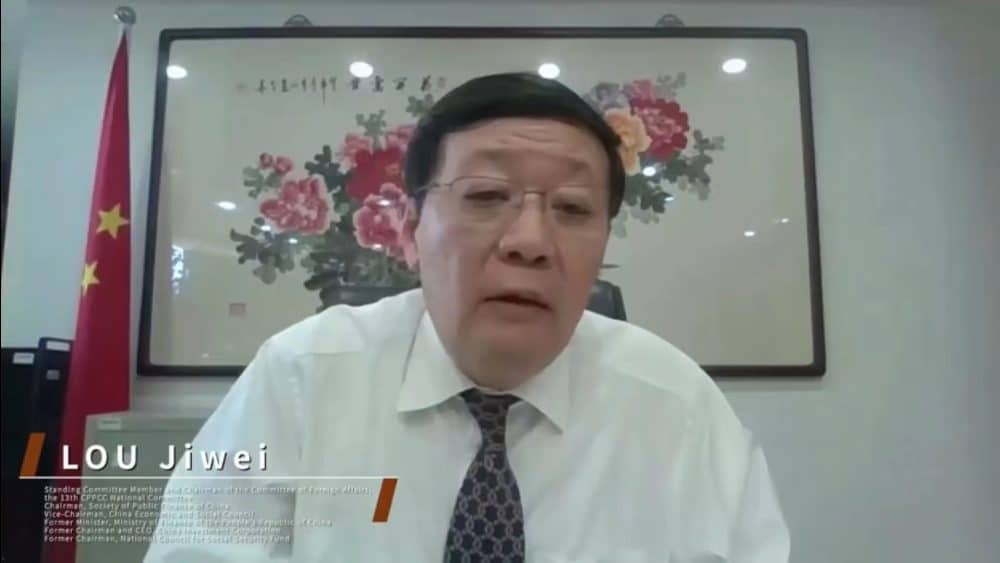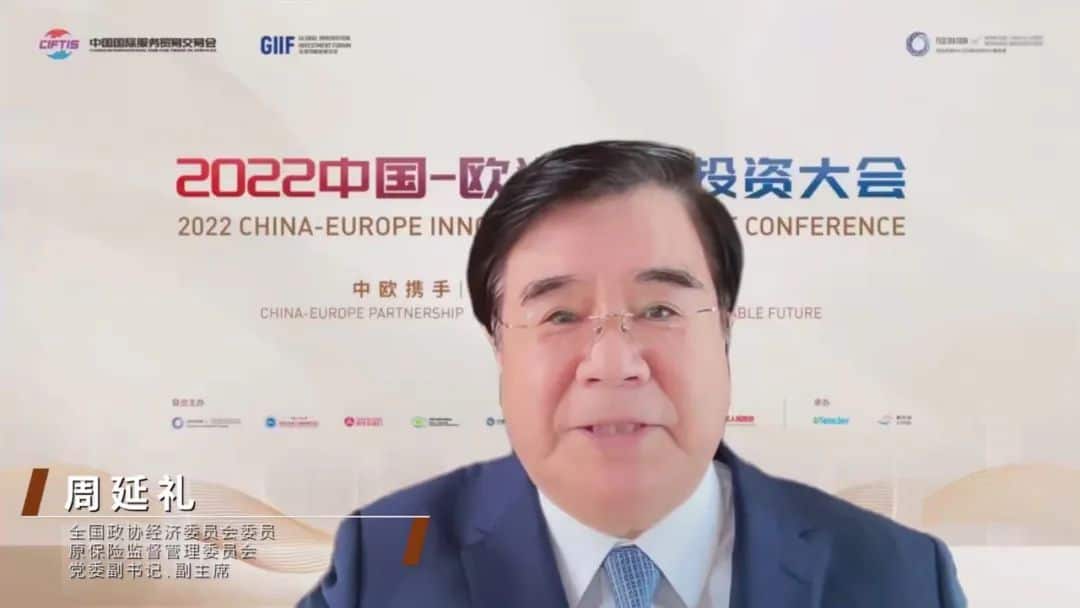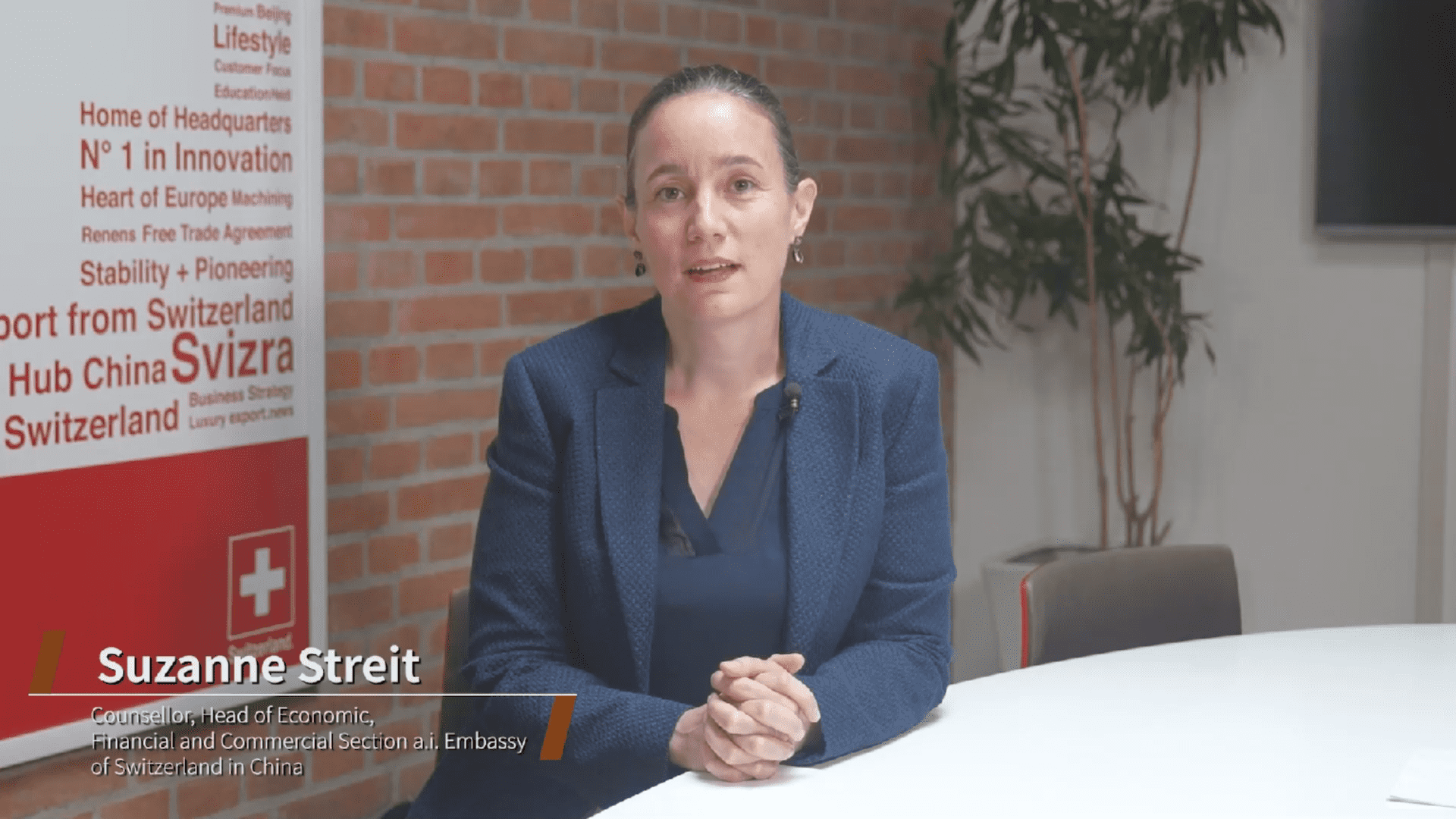

H.E. Mr. Havas László, Minister and Commissioner for Financial Affairs of Hungary in China, delivered a speech at the China-Europe Innovation Investment Conference.
H.E. Mr. Havas László first retraced the development of Sino-Hungarian relations and made a summary with a Chinese proverb, “Even mountains and seas cannot distance people with common aspirations”.
October 1949: Bilateral diplomatic relations were established between Hungary and the People’s Republic of China. Since then, both sides have maintained friendly relations on all fronts for more than 70 years.
2004: Since Hungary’s accession to the European Union, political relations between Hungary and China have reached new heights.
2010: The Hungarian government announced its policy of opening up to the east, which meant that in addition to establishing relations with traditional European friends, Hungary also shifted its diplomatic and trade focus to other regions.
2011: The China-CEE cooperation mechanism was announced in Budapest, Hungary was the first country to launch the 16+1 cooperation mechanism, and the China-CEE Tourism Coordination Center was established, the first Documentation Forum, the first Political Party Dialogue, the first High Level Meeting on Tourism Cooperation and the first Central Bank Governors’ Meeting were held.
2015: Hungary became the first European country to sign a Memorandum of Understanding on the promotion of the Belt and Road Initiative, creating a synergy with China’s policy of opening up to the East.
2017: Hungarian-Chinese relations were raised to a higher level when Hungarian Prime Minister Viktor attended the Belt and Road Summit and met with President Xi Jinping and Premier Li Keqiang, during which the two countries further established a comprehensive strategic partnership.
Among other things, he singled out the good interaction and cooperation between the two countries in the financial sector and capital markets.
The cooperation between the Hungarian and Chinese financial authorities dates back to 2005. Out of the 4 big state-owned Chinese commercial banks, two are already present in Budapest, and another one is considering to open an outlet in Hungary. Besides, there is a Chinese policy bank currently establishing its regional representative office in Budapest.
- The Bank of China: It established a subsidiary in Hungary in 2003. Later the sub was upgraded to a Regional Centre and also provides renminbi clearing services.
- The China Construction Bank: Lately, the China Construction Bank started its green-field operations in Budapest including Fintech research and development.
- The China Development Bank:The Hungarian and the China Development Bank entered into different financing cooperation agreements.
- The Chinese Eximbank and ICBC: The Hungarian Eximbank co-founded with the Chinese Eximbank and ICBC several investment funds to support the financing of regional unicorns.
- The OTP bank:It is the largest Hungarian Commercial Bank. After having established a Representative office in Beijing in 2017, the OTP Bank is planning to invest in the Hainan Free Trade Zone.
In general, the interaction between Chinese and Hungarian financial institutions enjoys good momentum. Hungary welcomes China’s initiatives in the financial sector, and remains optimistic about the future development of the Chinese financial market.
Hungary was the first country that has issued both Dim Sum and Panda bonds. The issues served the broadening of the investor base and the country’s opening to new markets. Hungary was among the first countries to ratify the Paris Climate Agreement. In 2021, a successful Green Panda Bond issuance took place on the Chinese market, making Hungary the first sovereign Green Panda Bond issuer. H.E. Mr. Havas László noted that with these achievements Hungary could be in the imaginary Hall of Fame of the foreign issuers’ section in the Chinese Capital Markets.
He also mentioned that Hungary will encourage relevant stakeholders to invest and issue more in China, and remains positive on the development momentum of the Hainan Free Trade Port. To provide an appealing investment environment in Europe for investors of all kinds, Hungary created one of the most flexible labor codes on the continent, reduced administrative burdens and reorganized higher education. Starting in 2010, Hungary improved the competitiveness of its tax system by shifting the focus from income taxes to consumption type taxes, so it can increase tax revenues through larger tax base rather than higher tax rates. Also, Hungary increased the effectiveness of tax collection by simplifying the tax system, reducing tax compliance costs and combating shadow economy.
According to H.E. Mr. Havas, reducing income tax burdens while strengthening the supportive nature of the tax system will remain a priority for the Government of Hungary. As a result, the FDI remained stable despite the headwinds in the last couple of years and at the same time Hungary has gradually become the leading destination for Chinese investments in Central Eastern Europe, with the Chinese investment stock in Hungary surpassing 5 billion US dollars. Especially, Asian investors’ total annual investment volume in Hungary surged to 60% in 2021 compared to 47% a year before. Hungary introduced the concept of setting up the China – CEEC Customs Information Centers in both countries to boost the flow of customs procedures information and to energize more business cooperation. The Center opened its doors in Ningbo in 2021.
Hungary is an active participant in infrastructural developments regarding the connectivity with China, of which the modernization of the railway line between Budapest and Belgrade is a flagship project. It fits organically into the China – Europe Land-Sea Express Line development concept. Hungary joined the Asian Infrastructure Investment Bank and the Multilateral Cooperation for Development Finance. Both institutions are to finance infrastructure and connectivity projects.
Besides, there are weekly freight trains between 2 countries along with aerial Silk Road and logistics centers. Before the pandemic, Hungary had the most direct air connections with China, and it’s been recovering.
On the back of the excellent infrastructures in place and Hungary’s geographical position, the trade and investments between 2 countries have been expanding dynamically for many years. In 2021, Hungary continued experiencing double-digit growth in its bilateral trade with China. Today, China is Hungary’s largest and most important trading partner outside the European Union. Countless Chinese companies choose Hungary as their European headquarters and manage their European operation, production, logistics, R&D activities from Hungary. Some examples of Chinese companies investing in Hungary are Huawei, BYD, Lenovo, Wanhua, and quite recently CATL, and the list keeps growing.
Hungary intends to expand cooperation with China in the fields of science and technology, culture, tourism, etc., to enhance inter-connectivity, facilitate mobility and people-to-people dialogue. 20 years ago, 2 governments deepened the bilateral cooperation by signing a Science and Technology Cooperation Agreement, which demonstrates the Hungarian government’s strong support to further develop the technology transfer and mutual learning. The bilateral S&T relations are vibrant, and manifest in the diverse and intensive inter-institutional cooperation activities between the top Hungarian and Chinese organizations. One of these great collaborations is the Hungarian-Chinese Technology Transfer Centre located in both Chongqing (chóng qìng) and Budapest.
As science, technology and innovation along with education are key factors in driving economic growth and social progress, Hungary are keen on further strengthening the cooperation through the Belt and Road Initiative, especially in epidemic control, industrial recovery and sustainable development. Hungary and China have also developed a full range of exchanges and cooperation in the fields of literature, music, art, dance, and education covering from elementary school to tertiary education.
In Hungary, there is a saying that friendships are born in normal times and tested in trying times. The relations between Hungary and China withstood the test of the pandemic, and both nations shall come out even stronger and might stand as a good example for all countries in the Belt and Road initiative and beyond. Undeniably, both countries will also face some common global challenges, like the constraints of resources, the disruptions in the supply chains, the climate challenges, and the effective implementation of the technological innovations to the benefit of all peoples. These global challenges can be solved effectively only by working together. H.E. Mr. Havas hoped the forum shall shed some light on addressing the contemporary challenges.
While the world’s most advanced countries remain at the top of the list in terms of innovation and technology, it can be seen that China is also steadily moving up the rankings, with Hungary slightly behind. In the Global Finance 2022 Ranking of the World’s Most Technologically Advanced Countries, China is at 32nd, while Hungary is at 36th in the Global Innovation Index 2021 China is 12th overall, though 1st in its income group and third in its region after South Korea and Singapore. Hungary is 34, 33 and 22 respectively.
Besides, H.E. Mr. Havas shared a successful case of Sino-Hungarian collaborative innovation in the conference. In 1974, Mr. Ernő Rubik, a Hungarian architect invented the Rubik’s cube, which is known in China as the “magic cube”, the 魔方 (Mófāng). The 3 dimensional magic cube riddle conquered people around the world. There are cubing competitions all over the world, however it was realized in China that this kind of exercise can develop cognitive skills and started to apply the magic cube in some school curriculums. Chinese teenagers hold many records for solving the Magical Rubik’s Cube.

Minister of Financial Affairs, Embassy of Hungary to China

